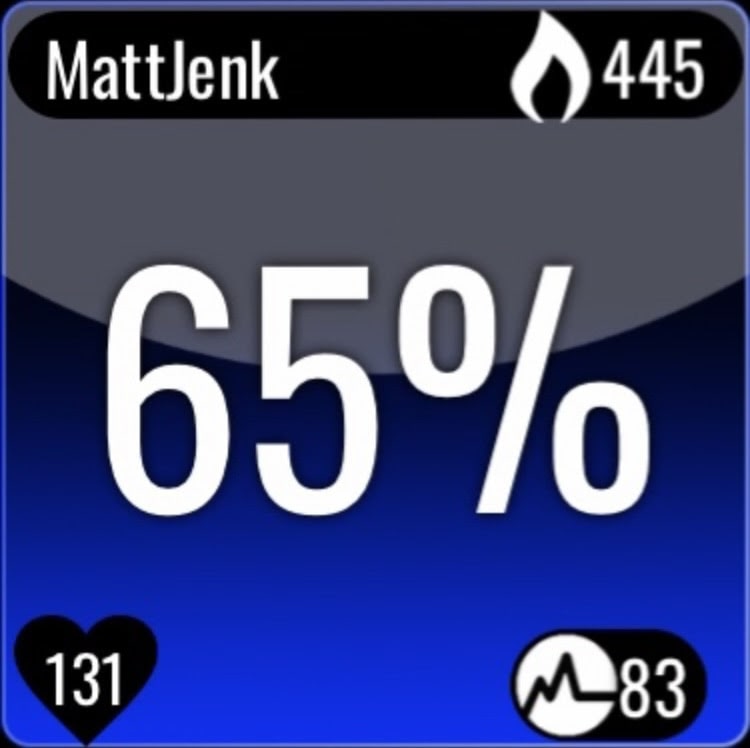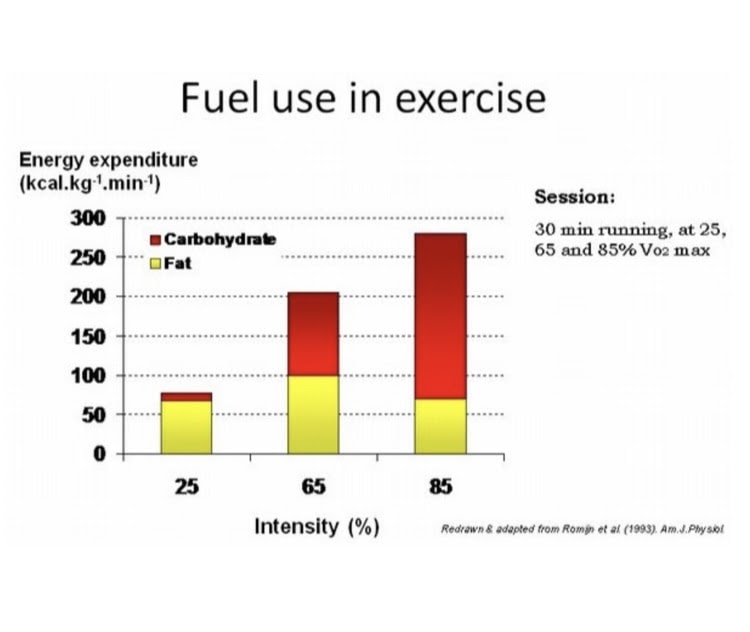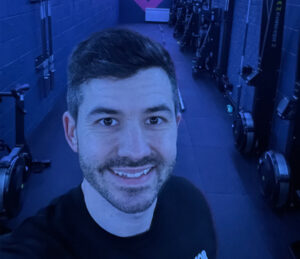Understanding ‘Fat Burn’

Unlike your carbohydrate (glycogen) stores, which are limited, body fat is a virtually unlimited source of energy for us. Even those who are lean have enough fat stored in muscle fibres and fat cells to supply up to 100,000 calories!
Fat is our main fuel source for long duration, low to moderate intensity exercise up to 65% Max HR. However, even during high-intensity exercise (above 65%MHR), where carbohydrate is the main fuel source, fat is needed to help access the stored glycogen. Fat also aids endurance by sparing glycogen reserves. Stored carbohydrate (muscle and liver glycogen) are subsequently used at a slower rate, thereby delaying the onset of fatigue and prolonging the activity
In its simplicity it tells you all you need to know. It’s also why there has been so much confusion and conflict between training styles which claim they are the best for ‘burning fat’. When in fact every training style is the best. Whether it’s low intensity walking, cycling, swimming etc, higher intensity CrossFit, HIIT, or team and individual sports. That’s the beautiful thing, all you have to do is what you enjoy and it will work wonders for you!

We are constantly converting fat into energy, whether it’s dietary fat or body fat, and it’s important we understand this. Dietary Fat (from what we consume) is the most energy dense macronutrient available with more than twice the energy of carbohydrate and protein. Body fat or Adipose tissue is stored fat from an excess in calorie consumption.
Dietary Fat is slow to digest and be converted into a usable form of energy (it can take up to 6 hours). So consumption of dietary fats should take place at least 6 hours before exercising. When the body needs to break down adipose tissue stores and transport it to the working muscles to be used as energy it takes a great deal of oxygen. So, exercise intensity must allow for the main energy system to be aerobic. Meaning continuous exercise for a duration longer than 3mins and ideally at an optimum HR of 60-70%MHR.



